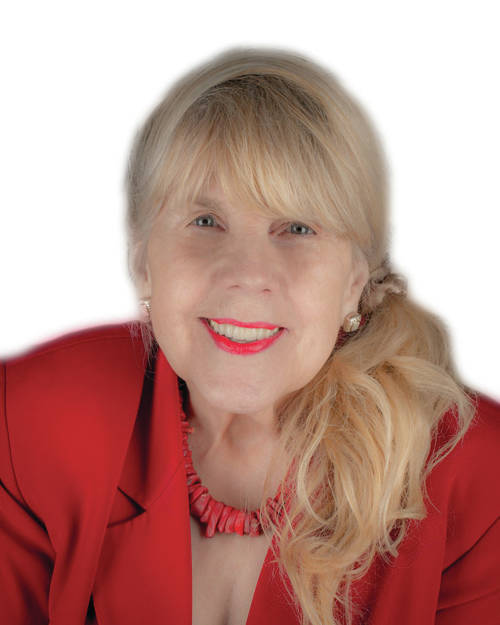
I’ve been fascinated by art museums since I was a young teen and was introduced to the Toledo Museum of Art. I’ll admit that for a time I was primarily attracted to the Egyptian artifacts, particularly the mummies, more than other parts of the museum. A few years later, I became interested in glass and recently toured the Glass Pavilion, opened in 2006, at that museum.
I remember bits and pieces of museums I’ve visited throughout the U.S., Mexico, China, and Western Europe, but none stays with me like an exhibit at Santa Ana College in Orange County, California. A large room was devoted to an installation that, from the artist’s perception, took visitors into the world of individuals with Alzheimer’s.
This depiction included an old television that showed clips moving back and forth in time in a confusing jumble with mumbled dialog and a large album that featured photographs that made no sense with no order and with some images of individuals blurred. The furnishing of the room were dull, tattered, outdated, browns and grays. Discordant music played, and the room was enveloped in something that looked like angel hair, spun glass we put on Christmas trees in the 1950s.
That was the artist’s perception of how a person might experience life in the throes of a neurodegenerative disease, Alzheimer’s, for which there is no cure as brain cells and their connections die. Confusion results, and the memory is destroyed.
In the March 14, 2019, issue of the New York Times, Pam Belluck reports on research done at MIT by neuroscientist Dr. Li-Huei Tsai, Director of the Picower Insitute for Learning and Memory. That research has revealed that “when mice engineered to exhibit Alzheimer-like qualities were exposed to strobe lights and clicking sounds, important brain function improved and toxic levels of Alzheimer’s-related proteins diminished.” This worked on mice; however, human being are radically different, so perhaps the next step is to try these experiments using chimpanzees or another member of that family.
We must not sit by, however, and wait as there is work to be done, and you can help. According to Edwina Blackwell Clark, Director of Communications at the Alzheimer’s Association/Miami Valley Chapter, on March 14, 2019, over 300 advocates visited the Ohio State House to discuss with their House and Senate representatives the need for legislation and funding to find a cure for the disease. That day was called “Ohio Memory Day,” and was especially important as Ohio is the only state in the union without an official state plan. In February of this year legislation (Senate Bill 24) was introduced by Sen. Steve Wilson and Sen. Kenny Yuko to establish a task force to address this lapse.
Clark indicated that a recent study revealed that 5.8 million Americans are living with Alzheimer’s, and although 82 percent of seniors have indicated that it’s important to have regular cognitive/memory assessments, only 16 percent actually do. Clark, of course, recommends an assessment by a physician for those experiencing memory issues as well as for those who have observed family members having those issues.
The Miami Valley Chapter offers free numerous educational programs, support for caregivers, and for those with early onset of the disease. A 24-hour hotline (1-800-272-3900) is available 365 day a year for those who need to have their questions answered.
Good volunteers, according to Clark, are absolutely essential as the organization is “volunteer driven as volunteers help us accomplish our mission which is to help those impacted and to find a cure.”
She indicates several volunteer opportunities. The most high profile is the annual “Walk to End Alzheimer’s” where volunteers recruit teams to walk. A second opportunity is to serve as a facilitator for caregivers, and this role involves “knowing from having been there” as well as facilitation skills. A plethora of organizations from school to community groups access the speakers bureau as trained speakers educate populations about the disease. This group need not have had direct experience with the disease but have a desire to help.
Another important role for any community member is serving as an advocate for the cause, and 5,000 individuals have signed on in the Miami Valley of Ohio for this role. These advocates communicate with elected officials, via phone calls, visits, and letters, to provide them with advice on needed legislation and funding.
So, in conclusion, the question I will ask is as follows: Do you care about this issue? Have you seen the destruction of human lives, perhaps in your family or among your friends? Are you willing to take on a role? This is another of those “No excuses” issues, and a simple search on the internet will connect you with a part of this national network. So whether you’re seeking help or in a position to help, just think about it and act.





